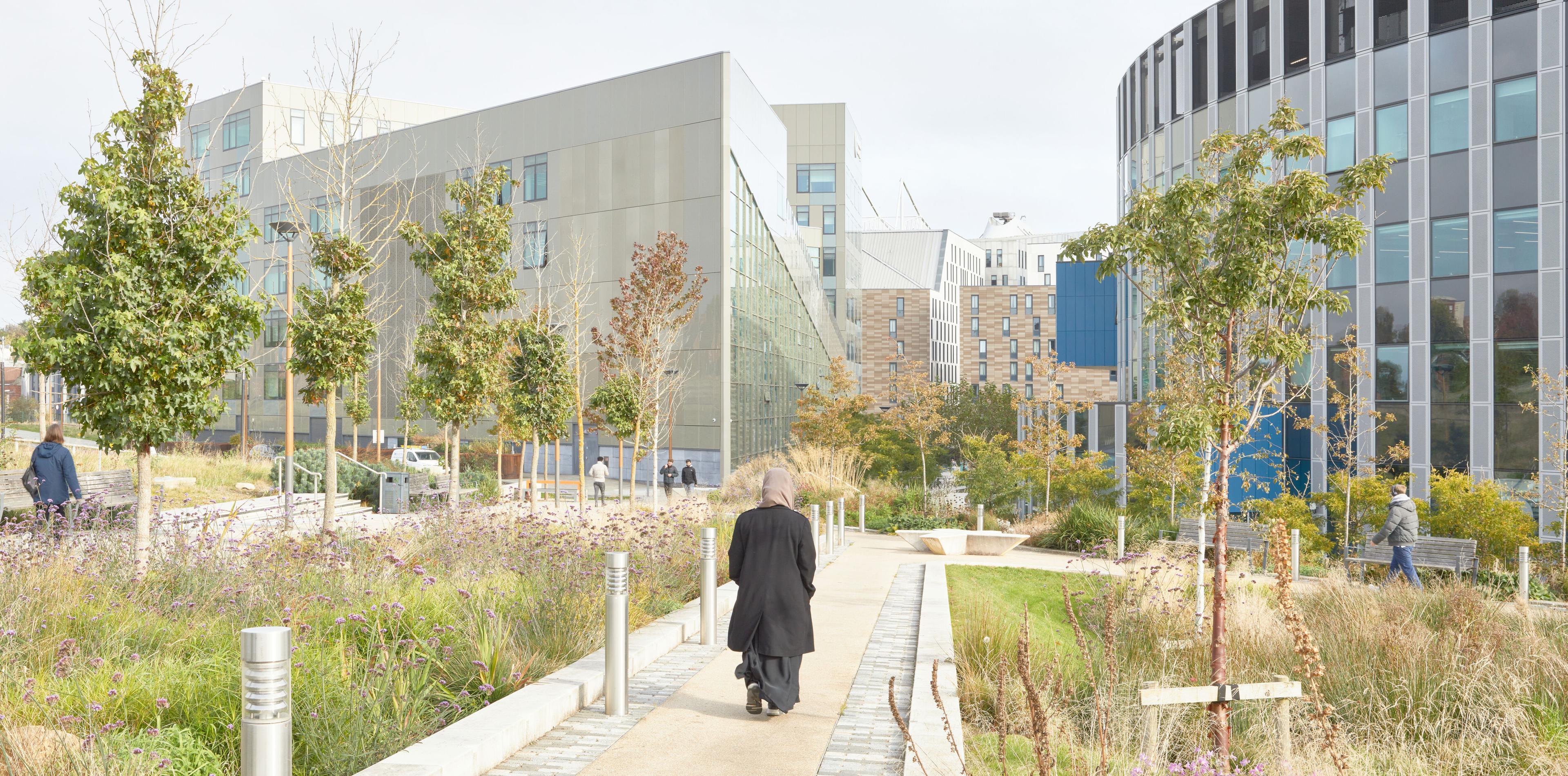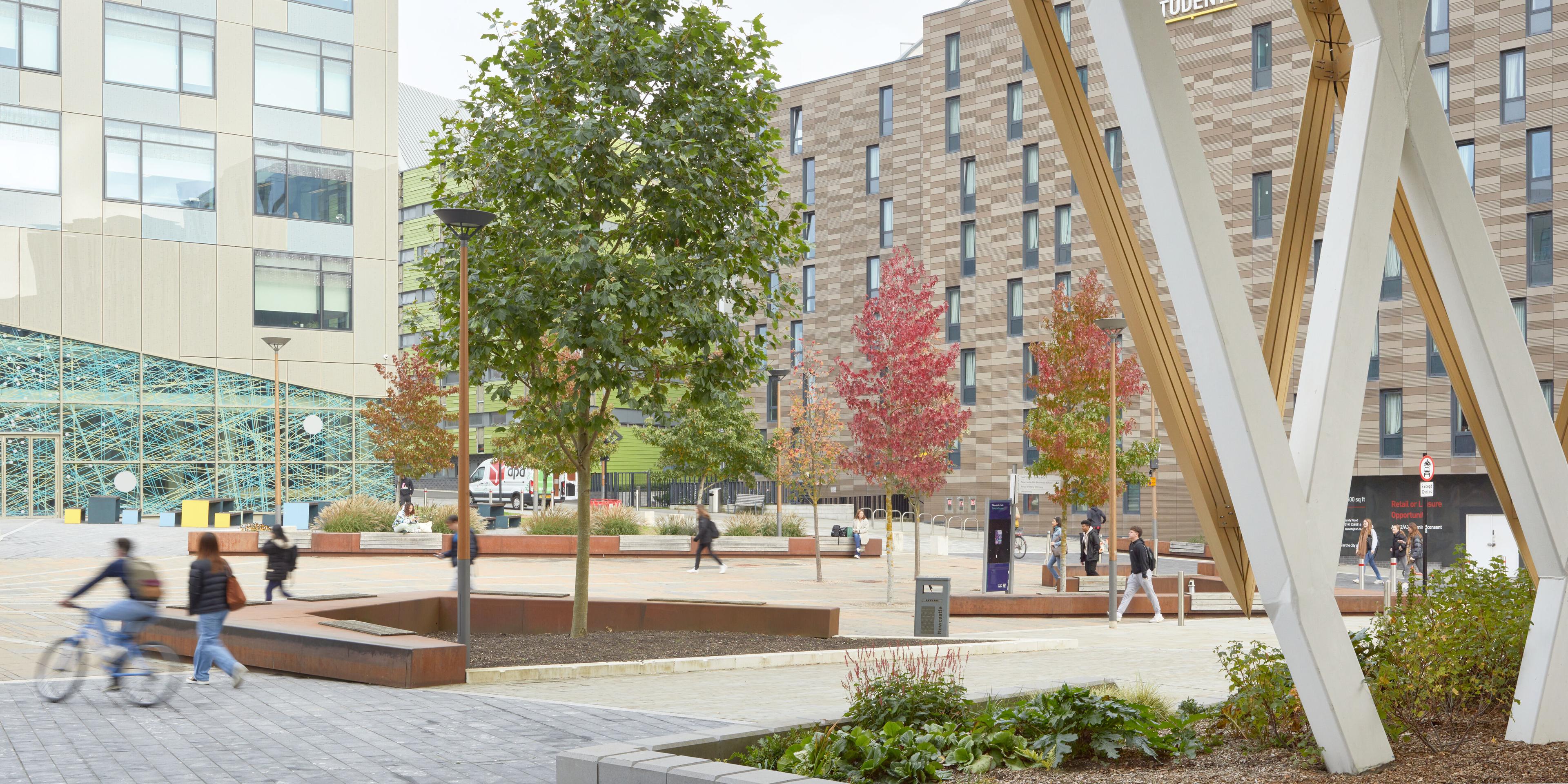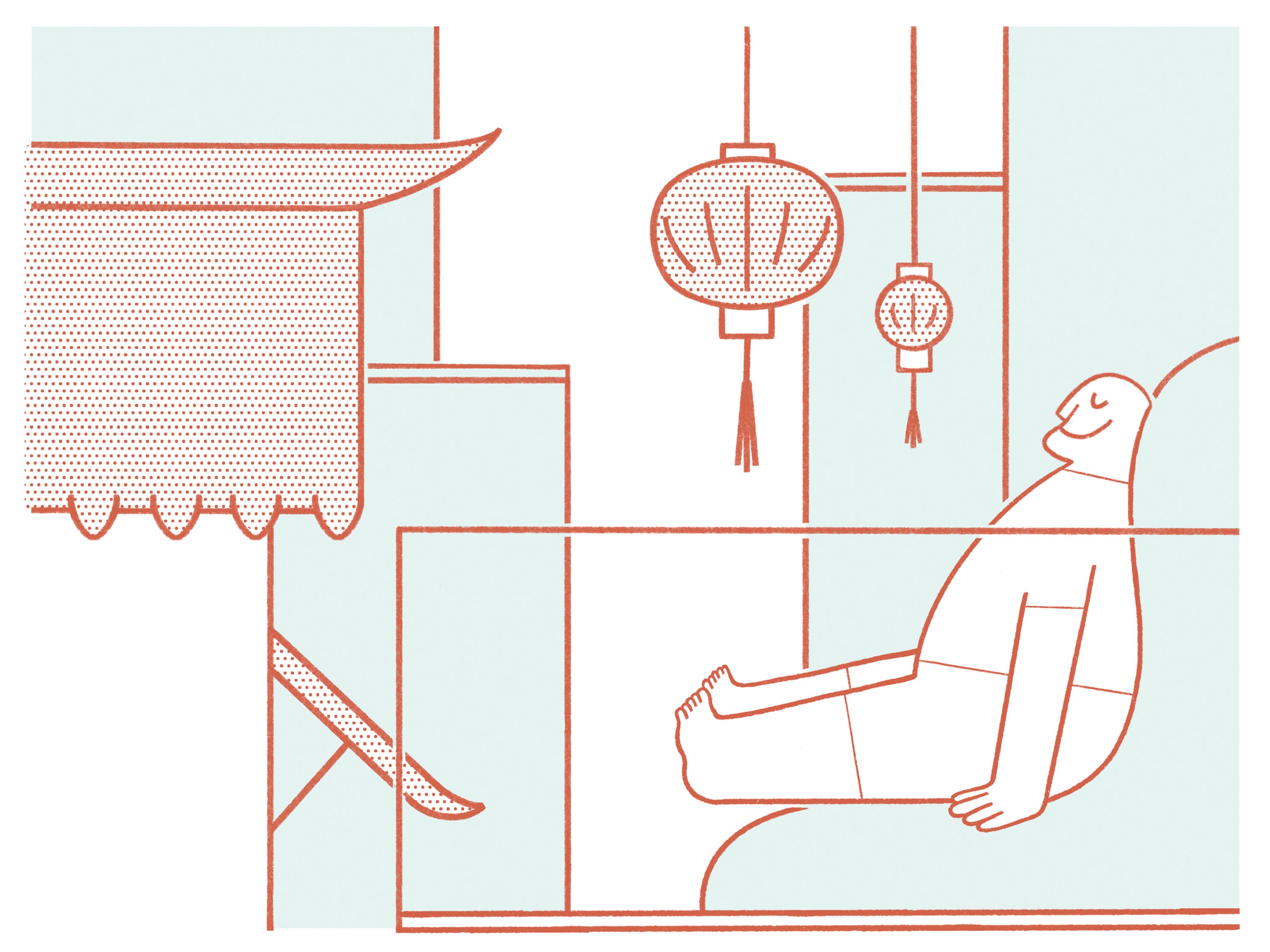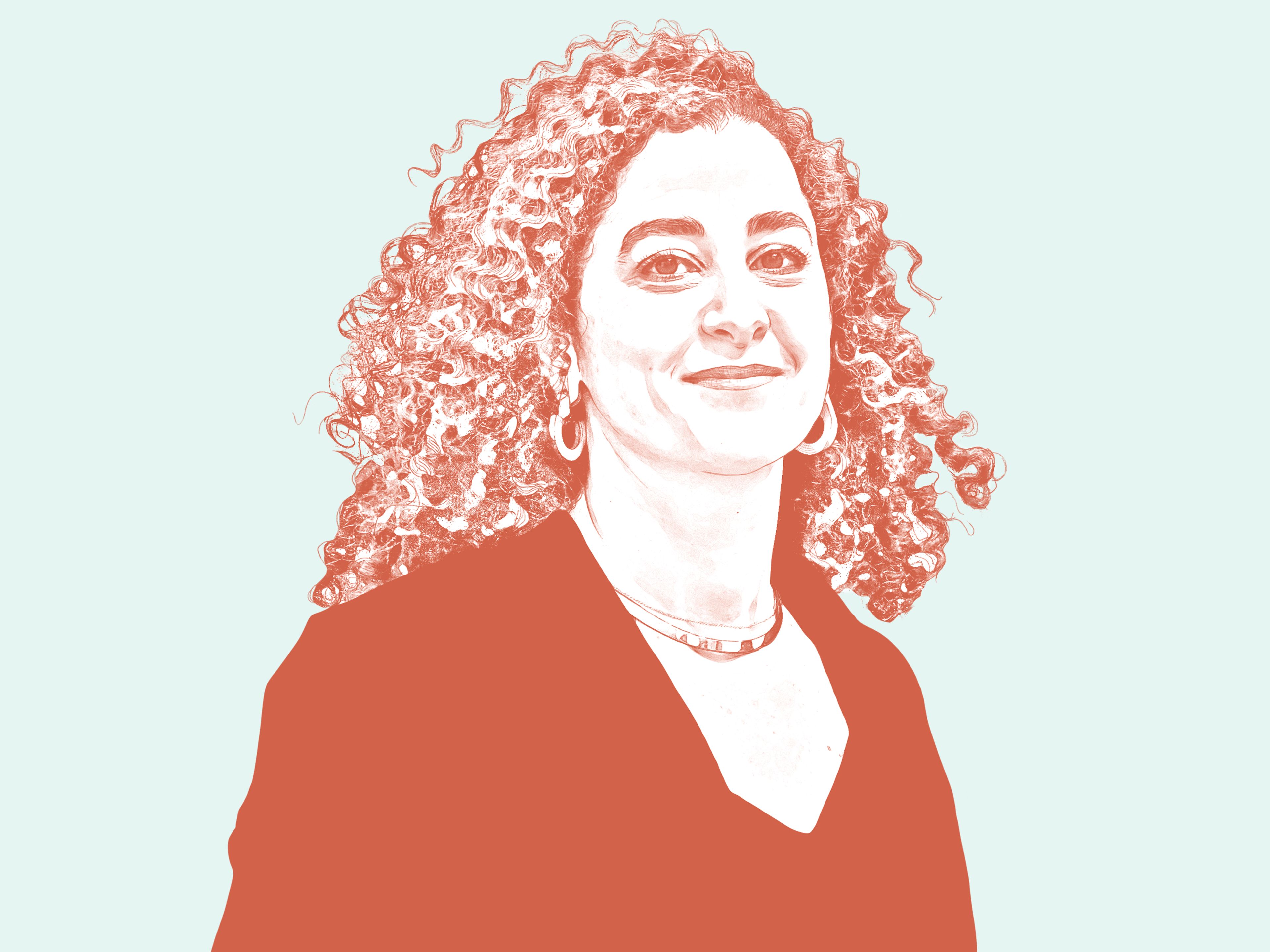Q&A with Pete Gladwell, Legal & General

Pete Gladwell
Group Social Impact & Investment Director
at Legal & General
“In terms of flexibility, it's really important that we can repurpose existing buildings and bring them to life in different ways to lock in that embodied carbon.”
Legal & General is a pension fund, developer and asset management company that acts as a steward of millions of people’s pensions and savings as well as the places that finance creates. Its philosophy, founded on care and responsibility for community, includes a commitment to quality of place and design that keeps schemes vibrant and thriving well into the future.
Together with Make, L&G is lifting areas like Newcastle’s new mixed-use Helix district by amplifying their inherent qualities and giving them new life.
Pete Gladwell, Group Social Impact and Investment Director at L&G, talks about the company’s ethos and how a long-term horizon can add significant value to communities, developers and investors.

Flagship commercial space at Newcastle Helix, a collaboration between Legal & General, Newcastle University and Newcastle City Council.
L&G invests against a long-term horizon, which is a different approach from the standard developer, which builds to sell. How does that change your priorities and measures of success?
Pete Gladwell: It's a fundamentally different approach because we’re commercially aligned to create thriving places that meet long-term social needs. Our Newcastle Helix and Bristol Temple Island projects are able to produce considerably more affordable housing and better returns for the public sector because we can take a long-term income over 40 years that matches our pension commitments.
It's not the classic profit on cost and short-term return on equity model that a typical housebuilder or a developer would insist on. Legal & General can't work on that basis, so we have to be much more focused on identifying the long-term need, and we can only do that through deep engagement with local people.

How do you work to positively embed new neighbourhoods and make them feel ‘of the place’?
PG: Inclusiveness is really essential. We focus on porosity and making sure we create one community rather than islands, where one community is plonked in the middle of another. We're doing a huge amount of work around how to address health and equality through housing and the built environment. Health particularly pops up because it addresses community-building, loneliness, and active travel that brings people together. It’s an area of huge inequality across the UK.
It can be simple basic things, like children's playgrounds and communal spaces that take away from your gross to net, which you'd be obsessed about if you’re just trying to sell flats for as much money as possible. It’s been well documented that if you create a community, people will stay for longer, you end up with fewer voids, and your income will be more robust and secure over the medium and long term.

People-centric public realm across Newcastle Helix, an emerging urban quarter with strong ties to local neighbourhoods and businesses.

You think beyond the red-line boundary to consider the wider community. Can you give some examples of this?
PG: So much housing in the UK is of the typical model – just rolling out suburbs packed with as many houses as possible, and not enough social infrastructure or community creation. For us, those are all assets because we approach it with a very different financial model, and then it's about finding architectural partners who can really make that vision a reality.
In Cardiff, we've invested a serious amount of money into the city centre, including the tram that links to local communities, which benefits those communities. That tram is an asset that we happily invest in, but a builder operating with a very small balance sheet would seek to avoid that investment.
“The obvious thing is designing in sustainability characteristics – pushing for net zero carbon in operation and reducing embodied carbon.”
The long-term horizon places greater emphasis on the quality of design and the ability to adapt to changing needs. How does this manifest in the urban design and the architecture?
PG: This is a really important point, because we can't afford to pass problems onto someone else in three or five years’ time. We model investments on a 20-30-40-year basis. The obvious thing is designing in sustainability characteristics – pushing for net zero carbon in operation and reducing embodied carbon. We do it because it's the right thing to do, but also because it futureproofs the cash flow. I can describe it in entirely commercial terms, and it would still sound very sensible: we don't want to lock in the cost of a major retrofit five years from now to bring it up to standard because we didn't think ahead.
In terms of flexibility, it's really important that we can repurpose existing buildings and bring them to life in different ways to lock in that embodied carbon. But that is really difficult, because people didn't think about that when they designed buildings 30 years ago.

New pedestrian and cycling route to Science Square, a central green space within the Newcastle Helix district.
How can developments help encourage sustainable lifestyles that support the recovery of nature and climate?
PG: We see this as fundamental to the whole – everything from active travel to net zero carbon in operation to thinking about how housing and masterplanning can promote health and equality. Hopefully all of this can make local communities realise that housing coming in next door can be beneficial for them.
If we can crack that, we can go some way to addressing the housing crisis, because we won't end up in pitched battles where people assume it's going to turn into a suburb of monolithic boxes as far as they can see. That's about changing a culture that's predominant in this country, which has created an opposition towards development. In reality there are so many good examples of how it can be done well and without being detrimental to existing communities.
Tags
Authors
Pete Gladwell leads public sector investments at Legal & General as part of a broader remit to identify and drive strategic investments and initiatives that use L&G’s resources to benefit society. These include investments with the Cabinet Office, the NHS, housing associations, combined and local authorities, and universities totalling more than £6 billion.


